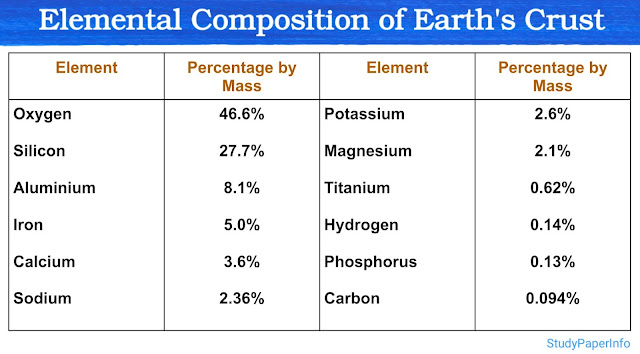What is gene mapping? How do the linked genes help in gene mapping?
Gene mapping is the method used to determine the location of genes on a chromosome and the distance between them. It helps in identifying the exact position of a gene responsible for a particular trait or disease. The concept started with the work of Thomas Hunt Morgan in the early 1900s when he studied Drosophila melanogaster (fruit fly) and observed that some traits are inherited together. This was because the genes responsible for those traits were located close to each other on the same chromosome. This phenomenon is known as linkage.
There are two main types of gene mapping:
1. Genetic Mapping (Linkage Mapping):
- Genetic mapping uses the frequency of recombination or crossing over between genes to estimate their distance on a chromosome. It gives a relative position of genes rather than their exact physical location.
2. Physical Mapping
- Physical mapping uses molecular biology techniques to determine the exact nucleotide sequence of DNA and the exact physical distance between genes. It gives accurate location of genes in base pairs.
How Linked Genes Help in Gene Mapping?
Linked genes are genes located close to each other on the same chromosome. Because of their close position, they tend to be inherited together and do not follow Mendel's law of independent assortment. This special relationship helps in gene mapping in several ways:
1. Recombination Frequency Shows Distance
During meiosis, crossing over can occur between homologous chromosomes. If two linked genes are close, crossing over between them is rare, resulting in low recombination. If they are far apart, crossing over happens more often. By measuring how often recombination occurs, scientists estimate the distance between genes.
2. Creating Genetic Maps
Recombination frequency is converted into map units or centiMorgans (cM). One percent recombination equals one centiMorgan. Using these distances, genes can be arranged in order on chromosomes to create genetic linkage maps.
3. Determining Gene Order
By comparing recombination frequencies among three or more linked genes, scientists can determine their linear order on the chromosome.
4. Grouping Genes
Genes on the same chromosome form linkage groups. This helps in assigning genes to specific chromosomes.
5. Tracking Disease Genes
In human genetics, linked markers help locate genes related to diseases by studying inheritance patterns in families.


👍
ReplyDelete